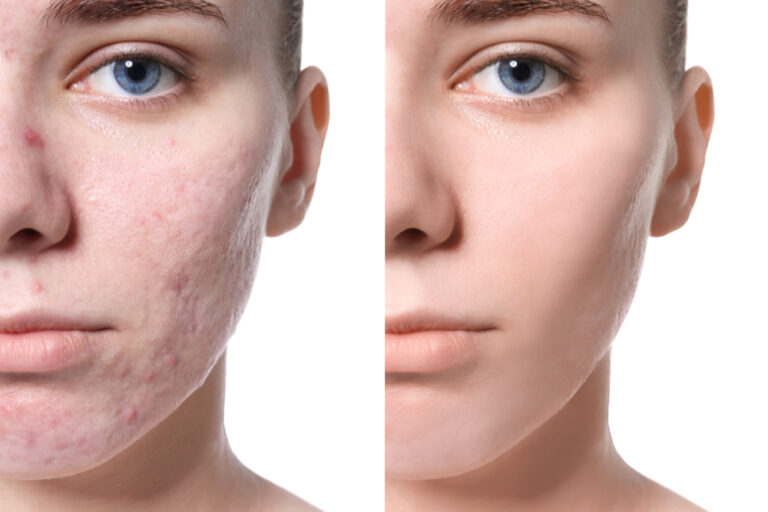Acne is a common skin condition that affects people of all ages. It is caused by a combination of factors including excess oil production, bacteria, dead skin cells, and hormonal changes. While acne is not harmful, it can be uncomfortable and embarrassing. There are many treatments available to help manage acne, and in some cases, even clear it up completely. Here, we will explore the different acne treatments available and what you can do to help reduce your risk of developing acne.
According to Persistence Market Research, the global acne treatment market is expected to reach a valuation of US$ 12.0 Billion by 2033, driven by factors such as increasing prevalence of acne, rising awareness about skincare, and advancements in technology. Growing demand for effective and non-invasive acne treatments is also expected to boost market growth.
Topical treatments
Topical treatments are applied directly to the skin and are one of the most common forms of acne treatment. They can come in the form of creams, gels, lotions, or face washes. Topical treatments can contain a variety of active ingredients, including benzoyl peroxide, salicylic acid, and retinoid. These ingredients help to unclog pores, reduce inflammation, and kill bacteria.
Benzoyl peroxide is a powerful antibacterial agent that helps to kill the bacteria that cause acne. It is available in a range of strengths and is often found in over-the-counter acne products. Salicylic acid is a gentle exfoliant that helps to unclog pores and reduce inflammation. It is particularly effective for treating blackheads and whiteheads. Retinoids are derived from Vitamin A and are often prescribed by a doctor. They help to unclog pores and reduce the formation of new acne pimples.
Antibiotics

Antibiotics are sometimes prescribed for people with moderate to severe acne. They work by killing the bacteria that cause acne and reducing inflammation. Antibiotics can be taken orally or applied topically.
Oral antibiotics are usually taken for a course of several weeks or months. Common antibiotics used to treat acne include tetracycline, doxycycline, and minocycline. Topical antibiotics, such as clindamycin, are applied directly to the skin and are typically used in conjunction with other acne treatments.
Hormonal therapies
Hormonal therapies are often prescribed for women who have acne that is related to hormonal changes. This can include the use of birth control pills or other medications that regulate hormonal levels. Hormonal therapies help to reduce the production of sebum, which is the oil that contributes to acne. They also help to regulate the hormonal changes that can trigger acne outbreaks.
Light therapy

Light therapy is a non-invasive form of treatment that uses light to kill bacteria and reduce inflammation. It is typically performed by a dermatologist and involves the use of a special machine that emits specific wavelengths of light. Light therapy is often used in conjunction with other acne treatments, such as topical creams or antibiotics.
Chemical peels
Chemical peels are a type of exfoliating treatment that can help to unclog pores and reduce the appearance of acne. They involve the application of a special solution to the skin that causes the top layer of skin to peel away. This helps to remove dead skin cells and unclog pores, reducing the risk of acne. Chemical peels are usually performed by a dermatologist and can range in strength from mild to strong.
Microdermabrasion

Microdermabrasion is a form of exfoliation that involves the use of a special machine that removes dead skin cells. The machine uses a stream of fine crystals to gently remove the top layer of skin, leaving behind smoother, clearer skin. Microdermabrasion is typically performed by a dermatologist and can be used in conjunction with other acne treatments.

